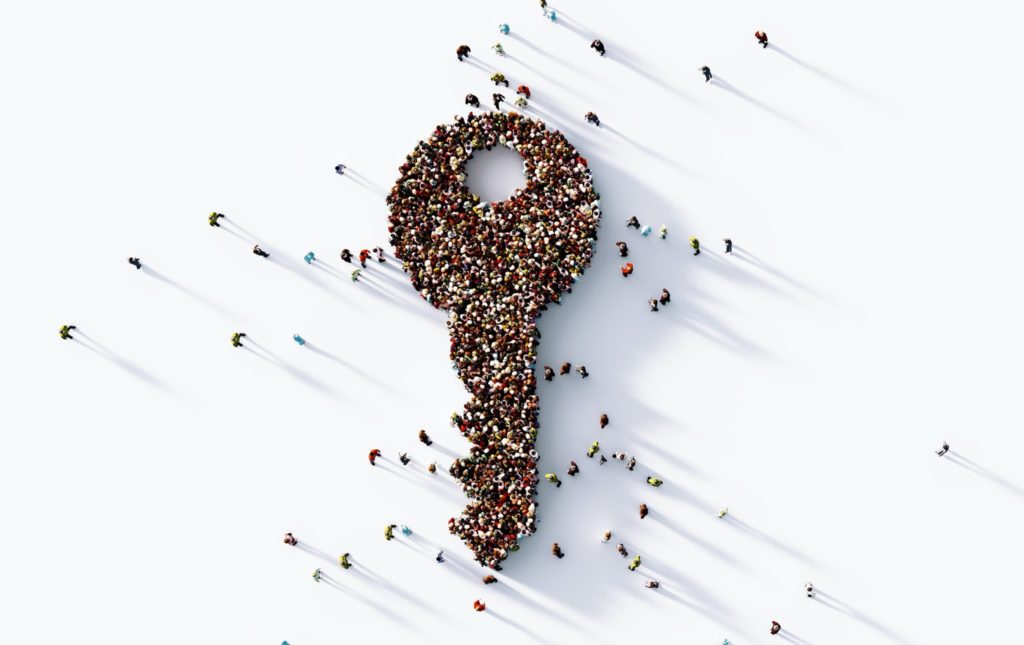The world has over 5.8 million cases. Cases have grown globally by over 700,000 since last week. The US has over 1.7 million cases and has had over 103,000 deaths. The US has gained over 21,000 new cases since yesterday.
Experts warn that we’re facing a serious pandemic, possibly another Great Depression, and riots akin to the ’68 riots—all at the same time. How robust is our system, really? We seem to be on the brink. But on the brink of what? Societal collapse? Mainstream outlets are now openly asking that question, and the answers aren’t encouraging.
A randomized, double-blind, placebo-controlled trial published in JAMA shows no benefit for post-exposure prophylactic use of hydroxychloroquine. Even with high doses given at 4 days post-exposure, participants were just as likely to become infected as those who did not receive the drug.
Some COVID-19 patients experience waves of symptoms for months. These so called “long haulers” frequently suffer at home without hospitalization. This means that this phenomenon may be flying under the clinical radar. Symptoms like extreme fatigue and brain fog are common in this group. It’s worth taking note of, and we’re likely to see more recognition of the long-term effects of the disease as more data is collected.
Ophthalmologists slam use of chemical weapons and “non-lethal” rounds to disperse crowds, citing huge increase in blindings and others life-altering eye injuries.
The US seems to be on a gradual case decline, but there’s an uptick at the end there of new cases that is concerning. We know opening up the economy coupled with the protests and riots are likely to cause many more new cases:
Global pandemic watch, June 4th
What was a 5-country watch has expanded to 7 of major countries (population at risk) with ascent or lack of descent in confirmed cases
Pakistan, Bangladesh are now added to BRIMUS
Pakistan is in step with Mexico
Homology of the 7 countries noted pic.twitter.com/zhE7RQEcuw— Eric Topol (@EricTopol) June 4, 2020
No one is safe until everyone is safe. Vaccines needs to be made to scale—we need billions of them. What happens if there are production problems? And what happens if one vaccine is prioritized over the production of others? It’s time to build the vaccine productions facilities in advance, otherwise these problems will be a reality.
Why are nursing homes hit so hard? They’re under-funded and under-staffed, for one. Nursing homes and other skilled nursing facilities are not well-stocked with protective equipment. They don’t generally have isolation rooms and are not designed for the kind of isolation precautions this illness requires.
People of color are suffering disproportionately from COVID-19:
THIS #COVID19
"Nationally, black Americans account for about 13% of the U.S. population but 24% of the #coronavirus deaths for which racial or ethnic information was available as of June 2."https://t.co/gbyj5Ej2IH pic.twitter.com/Xnb68gvIXA— Laurie Garrett (@Laurie_Garrett) June 4, 2020
The Pew Research Center survey shows that Blacks in America are at a higher risk for adverse outcomes when sick with COVID-19. Black Americans are also less likely to trust medical science or to receive certain vaccines. These attitudes towards medical science and vaccination are no doubt part of the legacy of the Tuskegee Experiments. Medical science has come a long way, and ethical principles are rigorously applied to research in the US now. It’s time to make these changes patently clear so that the most vulnerable can be protected.


You are reporting the comment """ by on